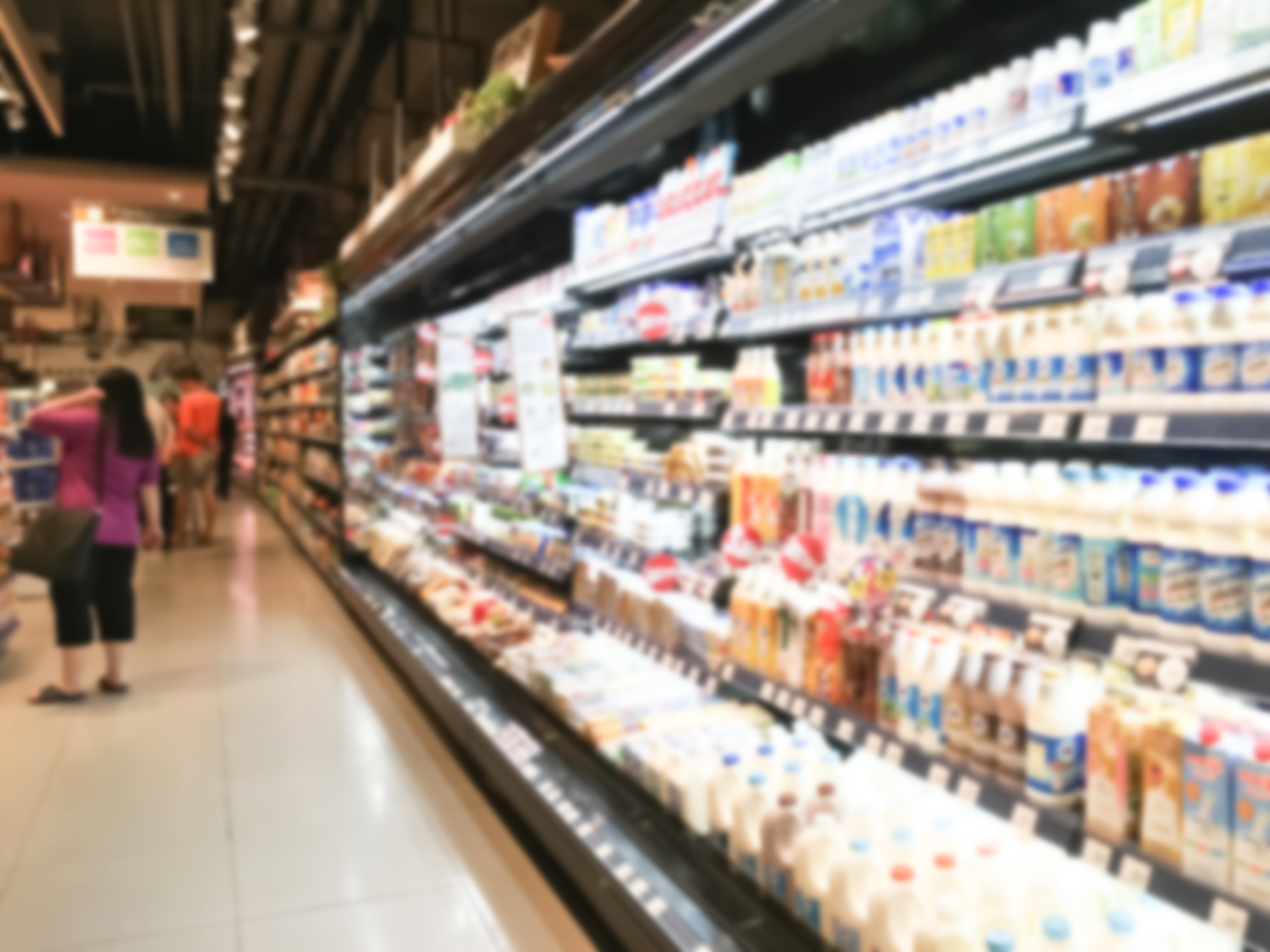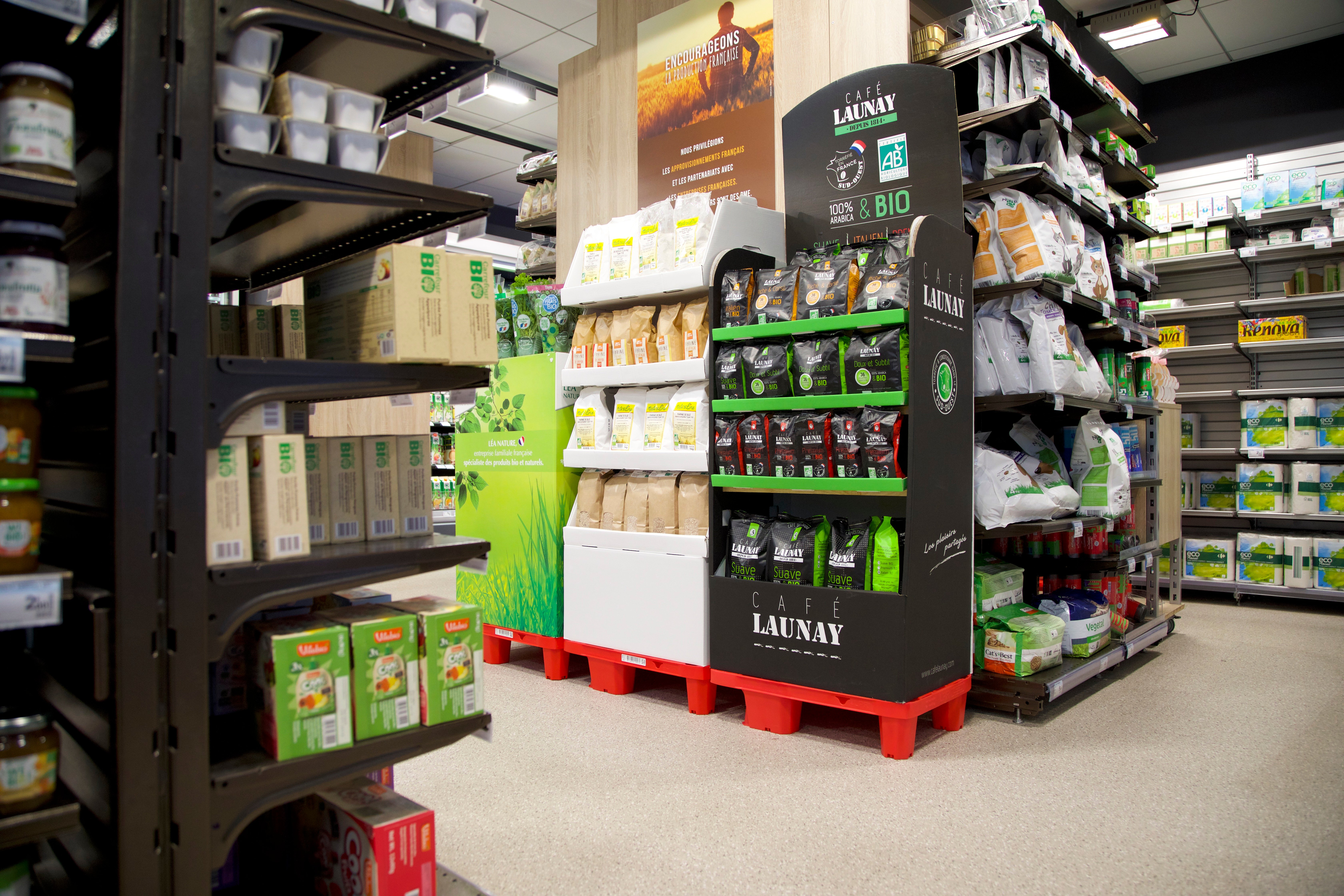The specifics of the supply chain varies from industry to industry, each with its own set of challenges. The retail logistics sector is no different. Now the sector is facing a new set of challenges.
The supermarkets that we know today generally represent the last link in the supply chain. It is at this point that products are made available to the consumer.
However, behind each and every product, hides precise and carefully planned logistics. All producers of consumer goods (in FMCG) are therefore impacted by the challenges experienced by the retail supply chain.
This article looks at the expected developments in the years to come.
Quick Navigation:
I - UK: the importance of the retail supply chain
II - The challenges of the retail supply chain
I. UK : the importance of the retail supply chain
1. Mass distribution is at the heart of society
Large retailers are an essential link in supplying households with food products and leisure equipment (for example DIY stores such as the B&Q chain of stores).
In the UK, 60% of points of sale are hypermarkets, superstores or small supermarkets belonging to the “Big Four”, the country's four main retailers - Tesco, Sainsbury's, Asda and Morrisons. 70% of English food purchases are made in these stores. A monopoly in the distribution of consumer goods.
According to a study by the the IGD, the population of the UK will increasingly consume in these types of stores and spending will increase by 8% in the coming years.
At the same time, digital distribution channels are becoming increasingly important in the landscape of consumption habits. The ease of access to consumption made possible by mobile applications or e-commerce sites is contributing to its growth, and the trend is not set to change.
Large distribution supply chains will therefore have to adapt to this increase in consumption in order to respond effectively.
2. Control inventory management
The retail sector accounts for £109 billion, or nearly 19% of UK GDP.
Import-export trade therefore weighs heavily on the British economy. For example, more than 30% of its supply depends on the European Union and around €4.5 billion is spent each year on products coming from France. In total in 2021, 46% of the food consumed was imported - a total of £48 billion.
In addition, trade exchanges between the UK and EU have been profoundly affected as a result of Brexit. This has made the retail supply chain particularly complex (especially as a result of a lengthy customs clearance process).
Lastly, in the UK, the distribution sector creates a lot of jobs: employing more than 5 million people and is crucial for the country to succeed in keeping this sector competitive.
Mass distribution plays a central role in both the country’s economy, and in international relations. The high volumes of export in the sector only serve to complicate the supply chain of large distribution further.

II. The challenges of the retail supply chain
Despite significant investment in recent years, mass distribution is facing increased competition from historical e-Commerce players, who are moving to become more involved in the consumer goods distribution sector.
In addition, consumer demand is changing, and there is an expectation of next day (or even same day) delivery. This demand has meant that retailers have had to innovate quickly, and options including click and collect have become commonplace.
1. Digitisation of consumption: mass distribution on the right track
The Internet now plays a major role in our way of life and some large retailers have been slow to implement digital technology.
Indeed, supermarkets took some time to realise the opportunities created by the Internet. The e-commerce giants benefitted from this, and as a result, they represent direct competition for all the other players in the retail sector.
e-Commerce market leader Amazon has multiplied its turnover by 5 in just six years, becoming a major player in mass distribution.
Amazon has made the decision to include a grocery section on its website. The e-Commerce giant is now able to deliver consumer products such as laundry detergent, toothpaste, pasta and soft drinks.
And the icing on the cake - Amazon is no longer an internet only business, operating 598 physical stores in the United States already. The first UK store, ‘Amazon Fresh’, opened in March 2021. The seller should be considered a serious threat to mass distribution!
The global health crisis has increased the use of online purchasing in the UK, a habit that was already well established before the crisis and which continues to grow. According to a Business France study, online sales in the UK for food and wine are among the highest in the world. Turnover represents between 7% and 10% of online sales. Experts estimate an additional 25% increase in food e-Commerce turnover in the UK by 2024.
In recent years, faced with growing competition from e-Commerce players, large retailers have accelerated their move into digital, thanks to the implementation of new digital solutions. All major retailers in the UK now have an e-Commerce platform and the “Big Four” accounts for 82.5% of turnover from online food sales.
As a result, new distribution channels have emerged that have gradually become more democratic:
-
The drive-in system: The drive-in system is a retail concept that allows customers to order and pay for purchases without having to enter the store. Operators prepare the order and take it directly to the vehicle. This system is increasingly common in supermarkets. Local businesses often prefer the click and collect solution.
-
Click and collect: The "click and collect" system is a way for customers to buy online and collect their items quickly in store. The customer selects the item they want on the website and collects their items at a given time.
These processes are faster, easier and more convenient, allowing time poor customers to benefit from a more suitable solution. It is a good intermediary between home delivery and in-store shopping.
2. Reducing delivery times in mass distribution
e-Commerce marketplaces have, in recent years, assimilated the ‘Just In Time’ method.
The method first appeared in the Japanese automotive industry, and is based on the principle of five zeros:
-
Zero failure
-
Zero delay
-
Zero paper
-
Zero stock
-
Zero defect
In logistics, this method makes it possible to have raw materials and stored products in the right place and at the right time. It changes the organisation of the supply chain but above all it increases productivity, while reducing stocks (and therefore costs) whilst controlling the quality of the products delivered.
A supply chain optimised by the ‘Just In Time’ method makes it possible to reduce the delivery time to the point of sale. Today, faced with consumers who want everything immediately, this method makes it possible to meet their expectations, increase satisfaction and to build loyalty. Indeed, ensuring the availability of the product in all circumstances allows you to prevent your customer from turning to one of your competitors who has a more efficient logistics system.
It is not just the large retail chains that are concerned by these increasingly important issues.
That’s why, at LPR - La Palette Rouge, we have adapted our offering to meet the ever changing needs of the retail supply chain.
Today, we provide our customers with quality standardised pallets made of PEFC-certified wood, as well as services that facilitate the rapid and safe transition of their goods between storage and distribution locations.
The UK100 pallets from LPR - La Palette Rouge are standardised pallets perfectly adapted to the automated systems of the British supply chain. Designed to streamline processes and avoid chain breaks, they also help toreduce delivery times in the retail supply chain.
3. The challenge of traceability
Consumers like fast delivery. But what they appreciate above all is being able to follow the progress of their order, from purchase, to delivery.
To increase their traceability efforts, retail supply chains use IOT or blockchain (technology for storing and transmitting information in the form of encrypted data blocks).
Today, information such as storage locations, pallet loading and transport delays, is already accessible thanks to solutions like those from Shippeo. But many datapoints still escape the supply chains of large retailers.
These datapoints include:
-
real-time temperature
-
consumption information
-
carbon footprint measurement
Having access to this data would allow further optimisation of their supply chain.
4. Automation: optimising the retail supply chain
The automation of retail supply chains makes it possible to replenish products with each order by increasing stock turnover rates. It is a flexible solution necessary to adapt to the demands of omnichannel.
The need for automation of supply chains in mass distribution is increasingly important.
The automation used must allow goods to navigate the supply chain more quickly, more securely and at lower cost.
Before embarking on the automation of the supply chain in large distribution, it is necessary to conduct a detailed feasibility study. Automation is a significant investment, touching on every aspect of production, it can be used to optimise each area of the supply chain .
Large-scale distribution companies can count on reliable partners such as LPR - La Palette Rouge and its pallet pooling system. This system, equipped with robust pallets adapted to automated systems, allows supply chains to save valuable time, from the receipt of goods to their storage, by considerably reducing breaks in the chain.
5. The challenge of sustainable development
Faster deliveries and increased traceability of goods are two of the main challenges for the retail supply chain.
Consumers are also looking for more responsible companies and ways of consuming.
In general, consumption habits are evolving towards healthier models, with a more balanced and locally sourced diet. Additionally, consumers are considering the environmental credentials of the businesses they select, and brand image has never had a bigger impact.
In response, large retailers are using ever more environmentally friendly modes of transport, local suppliers or even partners integrating a responsible approach. For example, LPR - La Palette Rouge offers the rental of PEFC-certified wooden pallets, which has circularity at the very centre of its business.

In conclusion:
-
The retail supply chain supplies entire populations with basic necessities, is a source of employment and has wide reaching relationships.
-
Large retailers initially lagged behind in the take up of digital technology but are now using e-Commerce sites to offer online services to their customers. They have also been making great strides in the implementation of new modes of consumption, such as drive-in systems and click and collect.
-
Large-scale distribution must continue in its automation efforts, optimising all stages of its supply chain including: supply, packaging, delivery and after-sales service. Beyond meeting the evolution in consumer demand, the challenge for retail companies is to increase their productivity, yield and ultimately their profitability.
-
Large retailers must realise that the challenges of sustainable development have a direct impact on their perception by consumers. They must multiply their efforts to make the supply chain more sustainable and more respectful of the environment, and to implement circular economy initiatives.
If you would like to discuss your logistics issues with our business experts, you can contact them here. You can also access our other blog articles to learn more about the supply chain and pallet pooling.



